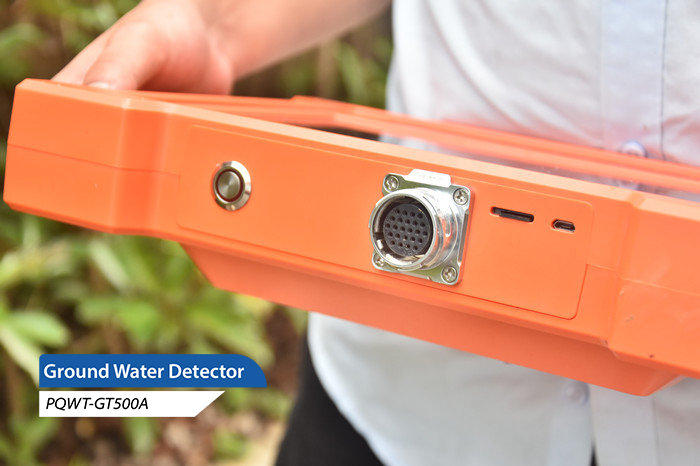In the field of geological exploration, underground water detection is an important tool for electrical exploration. It utilizes the natural electric field as the working field source, based on the difference of resistivity of underground rock and ore or underground water, and through measuring N different frequency electric field components of the natural electric field on the ground, to study the anomalous changes produced by different geological bodies, so as to achieve the solution of geological problems of a kind of electro-method exploration method.

The principle of underground water detection is based on the difference in resistivity between underground rock and ore and underground water. When there is a water source underground, the resistivity of water is lower, while the resistivity of the surrounding rocks and ores is higher. Therefore, when a water source is present, the resistivity distribution in the subsurface changes, thus affecting the distribution of the natural electric field. By measuring the electric field components at different locations on the ground, the location and distribution of the underground water source can be inferred.
Underground water detection has a wide range of applications. It can be used in different environments, such as rural, mountainous and urban areas, to solve problems in drinking water, irrigation and hydrogeological exploration. Meanwhile, it is also suitable for exploration under different geological conditions, such as sandy soil, clay, rock and so on. By using underground water detection, you can quickly and accurately find the source of underground water, which provides important technical support for solving geological problems.
The use of underground water detection is simple and easy. First, choose a suitable measurement site and make sure that there are no interference sources or electromagnetic fields around. Then, place the instrument on the ground and adjust the appropriate parameters, such as the measurement frequency and electric field component. Finally, carry out the measurement and record the data. By analyzing the change pattern of the data, the location and distribution of the underground water source can be inferred.
In conclusion, underground water detection is a very useful tool for geological exploration. By using this instrument, we can quickly and accurately find the underground water source and solve the geological problems. In the future, with the continuous progress of technology and the expansion of application fields, underground water detection will play an even more important role.








